In the vacuum created by the iBUYPOWER match fixing scandal, the rosters of Counter Logic Gaming and Team Liquid suddenly found a plethora of chances to duke it out with international competitors and make a name for themselves on the global stage. However, while Cloud9 was able to retain their foothold at the top of the North American scene and Liquid could keep up with and even surpass their predecessors, the performance of CLG over the course of this past year has been catastrophically out of line with its opportunities. Prestige is not some hollow honor in Counter-Strike: Global Offensive. While individual players rise and fall in form from one half or quarter of the year to the next, the iconology of a storied player or a longtime top team can perpetuate the overall success of a franchise. This value not only brings in better sponsors, and therefore capital, but it can also bring in better players who can still be as enamored with legendary players and longstanding brands as any wayward fan. In the early months of 2016, CLG was the best performing North American team, but they have now fallen deep into the second-tier as they have been stripped of their stars and poorly reinforced with unwanted, inexperienced “talent.” Given their past performances and their organization legacy, how has CLG managed to fall so far? How have they so dramatically lost the reigns of the scene that at one point seemed clearly within their reach?
Commencement
The core of CLG was not just a suddenly superior creation, formed by chance and circumstance in the unexamined battlegrounds of the North American scene. A near complete version of the original CLG-roster playing under the NetcodeGuides brand existed early as February 2014 with James “hazed” Cobb, Pujan “FNS” Mehta, Richard “Lucky” Vasconcelos, Josh “jdm64” Marzano, and Steve “reltuC” Cutler all coming together following ESEA Global Finals Season 15 LAN. Tarik “tarik” Celik would join the lineup replacing Lucky in the second part of the year, forming the squad that would join the mid-tier international ranks throughout 2015, but they were still far from making waves. As NetcodeGuides, the pre-CLG roster would only qualify for a single offline tournament, though they were becoming increasing relevant in online cups, leagues, and qualifiers such as Cevo, Faceit, and ESEA. Netcode finished third in the FACEIT League 2 – North American qualifiers, third in CEVO’s Season 5 league, and second at the DreamHack Winter 2014 – North America Closed Qualifier. However, Netcodeguides needed to finish first at the DreamHack Winter 2014 – North America Closed Qualifier and second in the FACEIT League 2 – North American qualifiers to qualify for the offline portion of those competitions. Netcode did finish high enough to attend CEVO’s Season 5 professional $10,000 cup, but they would be knocked out by iBUYPOWER in the first round and again in the losers bracket. They were always barely kept out of the international spotlight by the ruling powers of iBUYPOWER and Cloud9. But, of course, NetcodeGuides would be best remembered during this period for their role in the iBUYPOWER match fixing scandal. While it was initially suggested that the match fixing might have been carried out in order to give NetcodeGuides a place at the offline finals, as Sam “DaZeD” Marine was a co-owner of the NetcodeGuides site, reporting since then has instead reflected that the incident was carried out primarily for monetary gain through betting, without any wrongdoing on the part of the Netcodeguides roster. While it would take months for the dust to settle, as evidence was slow to come to light, there were two major consequences of the match fixing scandal and their place in it. First, in November, the NetcodeGuides roster would be dropped as valid conflict of interest concerns between iBUYPOWER and NetcodeGuides ownership encouraged them to drop the roster. Ex-Netcode would reform under the name “mouseSpaz” which is a name FNS used for his teams as early as 2012. In response, without much explanation, JDM64 would leave the team a few weeks later; he would be replaced by Peter “ptr” Gurney. But second, and more importantly, the banning of four out of the five ex-iBUYPOWER players eliminated one of the two dominating squads in North America, making way for more opportunities for other teams, specifically Netcode/mouseSpaz. In December 2015, a new non-sponsored iteration of iBUYPOWER, featuring Spencer “Hiko” Martin, would qualify for the first premier tournament of 2015, MLG X Games. While mouseSpaz would defeat iBUYPOWER in the first qualifier for a spot at the tournament, the revelations about the scandal in the run to the tournament would make ex-iBUYPOWER withdraw, allowing in another would be iBUYPOWER successor, Liquid, who formerly competed as Denial.
Launching into the Fray
Attending their second LAN tournament and their first international tournament was no small feat for Netcode/mouseSpaz. The prestige of the event and the apparent growth of Counter-Strike at that time attracted investors from League of Legends-based orgs such as Liquid and CLG. mouseSpaz was officially brought into the CLG organization on Jan. 12, less than two weeks before the start of MLG X Games. CLG’s opening step into international waters wasn’t against lukewarm competition. They would be placed in group B with fellow newcomers Liquid and the two best teams in the world at that time in Fnatic and LDLC. By this point, CLG already had a fairly defined identity. Tarik was prophesied as a future superstar, while their other newer addition in Ptr was also singled out as another possible standout. The pair would be complemented by a stable, solid player in reltuC, and more supportive, but less skilled, players in Hazed and FNS, with FNS taking up the in-game leading responsibilities at that time. In the first game of the tournament, CLG found an unbelievable upset. On the back of a monstrous 32 kill performance by Ptr, CLG would take Dust II from LDLC. But that opening success was soon stifled by a series of missteps. Against Liquid, who had been crushed by Fnatic 16-3, CLG would actually lose heavily 16-5, and they would follow that up with a more expected 16-7 loss to Fnatic themselves, eliminating them from the tournament. While the supposed star in Prr did show up on Dust II, the more hyped Tarik went quiet throughout the tournament, finishing with an 0.76 HLTV rating, the second worst rating on his team only behind FNS. It would be his first long series of underperforming showings versus international competition. CLG’s next big test would come at the qualifier to the ESL One: Katowice 2015 – LAN Qualifier, where they would play a former Polish edition of G2 and classic era Titan with Kevin “Ex6TenZ” Droolans and Kenny “kennyS” Schrub. CLG again would prove themselves on the bigger stage with victories over both teams, both of which would be 16-14. While these two victories were certainly impressive, the ultra close scorelines still made CLG look like an upset-prone team more than a real contender. At the major itself, CLG would be unimpressive. They would take yet another 16-14 win over HellRaisers, but would lose handily to Ninjas in Pyjamas and Keyd Stars, which eliminated them from the tournament. Still, CLG was the third North American team to ever qualify for a Valve major which certainly made them look like the clear-cut second best North American team at that time. CLG would cement that reputation at the CEVO Season 6 LAN, where they won the whole event. Without Cloud9 in attendance, CLG would defeat eLevate, Nihilum, and eLevate again to take the cup. But the more defining event would come in at the end of April. At ESEA Season 18 LAN, CLG again displayed a similar limited level of competence versus top level international competition. They were crushed in the first round by Fnatic, 16-6 and 16-9. Then, CLG would continue to loom large over other domestic competitors by taking out a then-North American Luminosity, before losing to mousesports in another 2-0. While CLG clearly had been performing as a superior North American team since the New Year, their failure to find results versus Europeans beyond the occasional upset became apparent. After the LAN, CLG discussed internally if changes needed to be made in order to move past their apparent ceiling, which led to PTR choosing to leave the team of his own volition shortly thereafter. While the team’s AWPer had some breakout performances, such as his LDLC showing, his ongoing inconsistency alongside Tarik seemed to be limiting their overall capacity moving forwards. Moving into May, CLG tried out various replacements at the AWP position including the popular streamer Mohamad “m0E” Assad, before they re-enlisted their former NetcodeGuides teammate JDM64. After over a year of play together, the Netcode/mouseSpaz/CLG core only made three roster changes: swapping out Lucky for Tarik, adding PTR after the departure of JDM, and the re-adding JDM after the departure of PTR.
Growing Pains
While Skadoodle would find a high level of form once more on Cloud9 during their fabled 2015 summer run, JDM also started to receive a lot of praise as he came into his own as one of the region’s best AWPers in the summer. With JDM putting out better results, CLG was able to have one their best LAN appearances yet in June 2015. At the ESL Season Pro League Finals, CLG actually made it out first in the group by the defeating the ever-dominate Fnatic and fellow upset-makers Keyd Stars in consecutive best-of-one series. After making it out of the group, CLG took out an admittedly slumping EnVyUs, the former LDLC lineup, in a best-of-three. I was there first series win over a European team. While CLG would fall to Cloud9 in the semifinals, these results, especially their best-of-three victory in the quarterfinals, far exceeded their previous apparent cap. However, CLG followed that strong result with two sour ones. CLG could not advance out of the group stage in their following two international appearances. They were eliminated by Cloud9 in groups at the CEVO Season 7 Finals and and were dropped out winless from Intel Extreme Masters Season X – Gamescom after four consecutive best-of-one losses. In the hopes of correcting their wayward trajectory, CLG swapped positions around on the team towards the end of the summer. Cutler became the in-game leader in place of a struggling FNS, who would instead be given more of a lurking role on T-side. Haze would also switch up his T-side responsibilities, taking up more entry duties alongside Tarik. However, CLG continued to underperform at the next two Valve majors: ESL One Cologne 2015 in August and DreamHack Open Cluj-Napoca 2015 in late October. In Cologne, CLG only found one 16-14 victory over the Polish eBettle team, but would lose similarly close games to both NiP and Na’Vi. In Cluj-Napoca, CLG defeated a decent Dignitas squad in yet another 16-14 victory, but they lost to Na’Vi in a best-of-one and a best-of-three to get eliminated from the tournament. Despite the reshuffling of their roles, CLG failed to ever again exceed their ceiling with this five, despite the dramatically increased output of JDM64 during this period. CLG’s choice to change players rather than roles was certainly questionable. Recall that Team Liquid, whose results had been equally average if not slightly worse than CLG’s until that point, would actually pick up Hiko at the beginning of September, not long after CLG’s role reassignment. Surely, Hiko would have been presumed to be a better performer as lurker than FNS, so what prevented CLG from acquiring the former Cloud9 veteran or any other upgrade? Was it the low-swap culture of the CLG players or a negotiating failure on the part of CLG? CLG started to close their year by playing in a series of North American focused LANs where their results would be barely satisfactory. First, they would make top-four at the iBUYPOWER cup, but they wouldn’t even make it out of groups at the RNG Pro Series LAN, losing out to Renegades and Enemy. Then, at a poorly-attended Northern Arena 2015, CLG actually won the tournament, but given the fact that their best competition was compLexity, who was at the time just the fifth best North American team, the win was hardly exceptional. The ESL Pro League Season 2 Finals would be the last LAN featuring the classic CLG five-man lineup. They were eliminated in the group stage once more. A change needed to be made. While FNS looked somewhat improved statistically in the last quarter of the year when not acting as the in-game leader, he was still the obvious choice for removal. FNS would “step down” from the team on the Dec. 15 and was eventually replaced by Jacob “FugLy” Medina, a recently departed Team Liquid player. CLG then added Faruk “Pita“ Pita as their full-time, live-in coach. While FNS’s removal was certainly a pragmatic step, given their long-term stagnation, it might have been too late. CLG made no new additions in August and September when North American talent started to condense on teams like Conquest and Team Liquid, who both would eventually outpace CLG in the coming year. Also, while the team struggled to find wins, JDM found an especially high level of form as the team increasingly relied on him to win games. If CLG added better players such as FugLy earlier, perhaps JDM64’s peak period of performance would not have been more or less wasted.
Final Spurts
CLG’s results looked notably improved after the initial change, but that may have been exaggerated by the fragmented state of the scene at that time. In February, at the Global Esports Cup, CLG made it through the group stage of a high level international LAN for the first time since July. To make it out of the group, CLG bested Flipsid3 in a best-of three, and followed that up by upsetting a newer French iteration of G2.They would lose in the following round, but their top four finish was certainly an improvement from their former group stage imprisonment. A couple of weeks later, CLG would compound that success by securing their attendance at MLG Columbus via the abbreviated qualification LAN by defeating SK Gaming and Vexed. After the addition of Fugly, Tarik was finally putting up star level numbers on a consistent basis with JDM coming down a bit from his peak, but still putting up consistently good performances. At the same time, other more dramatic swaps in the North American scene propped up CLG’s somewhat improved showings. Cloud9 looked lost on their T-sides following the departure of Sean “seang@res” Gares and the addition of Jake “Stewie2k” Yip, and Liquid, who started to look better than CLG following the pickup of Hiko, was likewise struggling to adjust to the addition of Oleksandr “s1mple” Kostyliev. Both teams still scraped their way into major, but they did not have results on the level of CLG elsewhere. Due to these two results, CLG actually ranked seventh in Thorin’s March 7 world rankings. No other North American team was included on the list. At the major itself, CLG was gifted a relatively easy group. They had to face off against a still-fearsome Astralis, but they certainly had chances versus a mediocre Gambit team, and EnVyUs, who was still struggling following the pickup of Timothée “DEVIL” Démolon. CLG defeated EnVyUs, but lost to Astralis, leading to a best-of-three playoff. For the third time ever, and the second time in a row, CLG made it through the group stage of a tough international LAN by finding a 2-1 victory over Gambit. From there, CLG even had a chance to make the semifinals as they faced off against a domestic rival in Team Liquid. However, the suddenly incensed S1mple led-Liquid took the matchup easily amidst their own highly impressive tournament run. Liquid’s frequent, high profile moves proved to have a higher upside. Still, exiting the group stage at a Valve major was quite the accomplishment and CLG’s best showing ever. However, like Liquid and Luminosity, CLG failed to follow up on their major run by bombing out of groups at the next international tournament, DreamHack Malmö. Again, just like after like relative success at the ESL Pro League Season One Finals, CLG suddenly lost their upward trajectory altogether.
Deconstruction
At a weaker Americas focused DreamHack Austin, CLG failed to make it out of the group stage, falling to another domestic rival, Cloud9, in a 2-1 elimination match. Again, CLG would be defeated by North American team who took on more dramatic changes. These slipping results led to roster change in early May. FugLy was removed from the team on May 5, apparently due to a lack of motivation on his part, but there was rumored to be broader internal issues elsewhere. It has been frequently insinuated that Tarik had been looking to leave CLG in order to join up with Cloud9 or other organizations, but was blocked by a hefty buyout fee. In a video, Thorin stated that the CLG players re-signed contracts with the organization in mid-2015, when the game and scene was still rapidly growing. The poor timing highly limited their earning potential and locked them within the organization long-term. Internal dissent, especially on Tarik’s part, could have contributed to their depleting 2016 second quarter performance. In another poor organizational decision, FugLY was not immediately replaced by a comparable talent in the immediate aftermath of his departure. Pita would instead join the lineup for an extended period of time, where he frequently struggled, especially in online qualification matches. This five competed at one LAN event together, ELEAGUE week three, which effectively acted as the group stage for Turner’s highly extended tournament. CLG only went 2-4 in the opening matches, but they actually defeated the Danish SK Gaming team in a very close best-of-three, which advanced them into the Last Chance Qualifer. ELEAGUE would be the third straight time that CLG made it through the group stage of a high level international tournament immediately following a roster change. However, this specific hodgepodge never played together again. Three days after their group finals at ELEAGUE, CLG lost their star AWPer to Team Liquid receiving Liquid’s AWPer, Kenneth “koosta” Suen, in return. Koosta had been a highly touted player earlier in the year after he put up a series of dominating performances at the first Americas Minor, but had looked increasingly diminished after his move to Liquid shortly thereafter, ending in an abysmal performance at ELEAGUE week one. CLG clearly was not on the brighter side of the trade, and it would only get worse from here on out. At the major, with Pita still in the lineup nearly two months after the departure of FugLY, CLG found zero success. A 16-13 loss to Gambit and a 16-1 loss to Dignitas immediately removed CLG from the tournament, and terminated their briefly held Legendary status. This showing perhaps even signaled the end of their international relevancy. Following the event, both Tarik and Pita announced their plans to leave the team. Tarik stated he wanted a “break” from competitive play, while Pita expressed his desire to find a “fresh start” elsewhere. The implosion of CLG’s roster is not an insignificant forfeiture. This was a team who had attended five straight majors and been a top-two or top-three North American team for all of 2015, and even became the region’s leading squad for a brief period at the start of 2016. Tarik and Pita played in the lineup for one more tournament, the ELEAGUE Last Chance Qualifier. However, right before the matches started, CLG announced Hazed would be moving to an in-game leading role, Koosta became a rifler, while Cutler instead took up the AWP, effectively making the post-ELEAGUE CLG a completely fresh five. Their first and only match at the Last Chance Qualifier was a very ugly contest versus FaZe Clan. Koosta surprisingly had a carry performance with the rifle, but their former star in Tarik put up one of the worst performances in his career. CLG eventually lost in game three double overtime.
Absent Expectations
In the aftermath of these departures, CLG picked up Garett “Grt” Bambrough as a coach to replace Pita. Under his recommendation, CLG picked up two highly known players in Ethan “nahtE” Arnold and Yassine “Subroza” Taoufik. Neither semi-professional player had attended any LANs of consequence before joining CLG. Since their pickups, nahtE has frequently been cited as an underperformer for CLG, while persistent cheating allegations have attached themselves to Subroza. Since picking up these two players in August, CLG has attended only one LAN, Northern Arena-Toronto, a talent-thin North American focused event. While CLG did manage to edge out NRG in their group stage elimination match to make it out a pretty weak group, they quickly fell to Cloud9 in the quarterfinals. Through their online matches, CLG did not qualify for StarLadder i-League StarSeries Season 2, ELEAGUE season two, or ESL One New York, and their current 7-15 record in ESL Pro League makes them the tenth best team in the league. Grt was removed from the team at the end of September. CLG reported that he did not “meet expectations,” but the same could be said for both the organization and the roster. While Koosta has proven to be a decent rifler, the lack of firepower elsewhere has even made former mid-tier teams such as OpTic, TSM, and Echo Fox look far stronger on paper, and, despite their past success, the org seems unwilling or unable to pick up more talented players. CLG’s ongoing absence from the international stage is at loggerheads with a nearly two year history, and a reversal of fortune hardly seems to be around the corner. It’s hard to predict what will happen to CLG as the year lurches to a close, though it’s best to avoid some simplistic cliche such as “We cannot know what the future holds.” There is no guarantee that CLG will continue their skid into irrelevancy, and it’s certainly possible they could vastly exceed expectations with unknown players as TSM did earlier this year. But realistically, there has been no indication that CLG will have a chance to bounce back moving forwards. From their online play, it certainly appears that they have now fallen too far behind other North American contenders to even qualify for international tournaments. They squandered their earlier entrance into the scene, not taking in other rising talents as they appeared. They wasted JDM’s period of superior play by not removing weaker members of the team earlier. And now, they let the best parts of their team go elsewhere, leaving themselves with scraps. For now, it seems that CLG will have to bum it out in the painful back allies of the North American scene, desperately searching for the longshot ticket that will take them back up to the top. A classic “rags to riches” narrative may be the thing best the North American team can hope for, but most of those don’t start with a “wealthy to worthless” prologue.
Do you think CLG can bounce back or will they continue to struggle in CS:GO? Let us know by commenting below or tweeting us @GAMURScom. Photo credit: G2A.com For compliments or complaints, you can find me on Twitter @WallabeeBeatle.


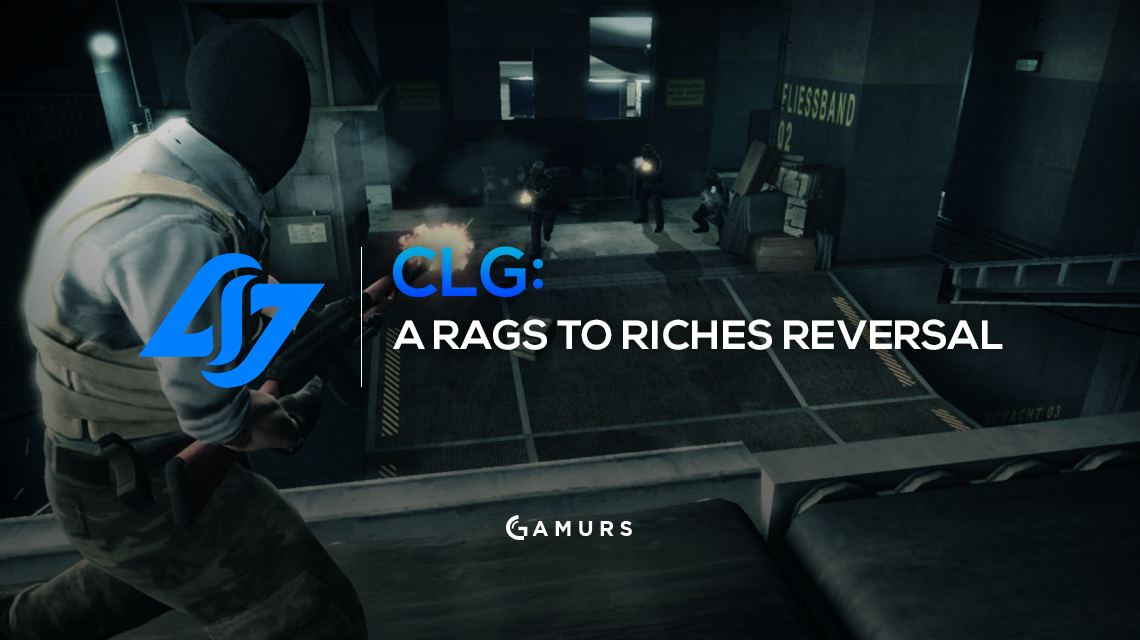
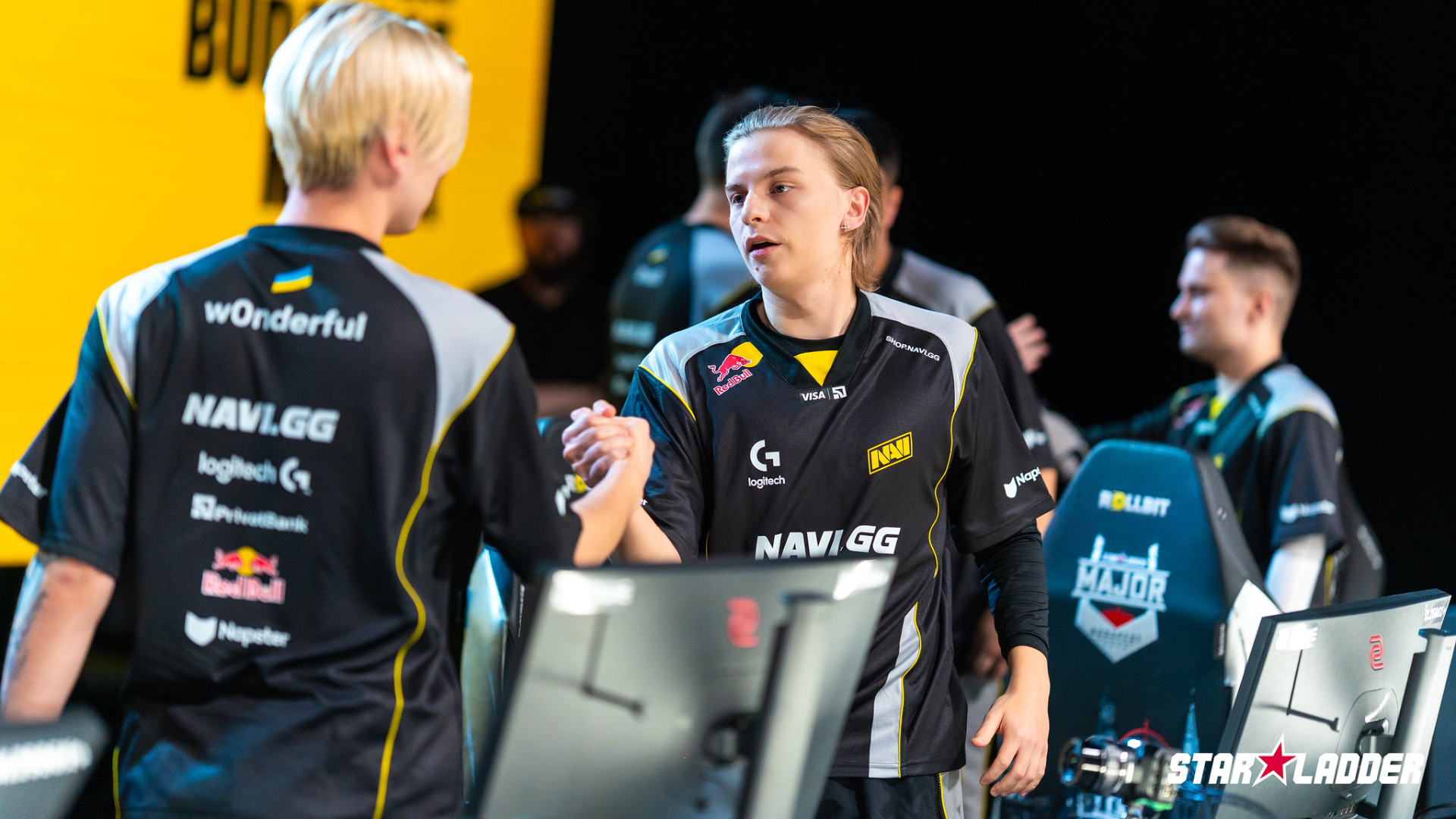
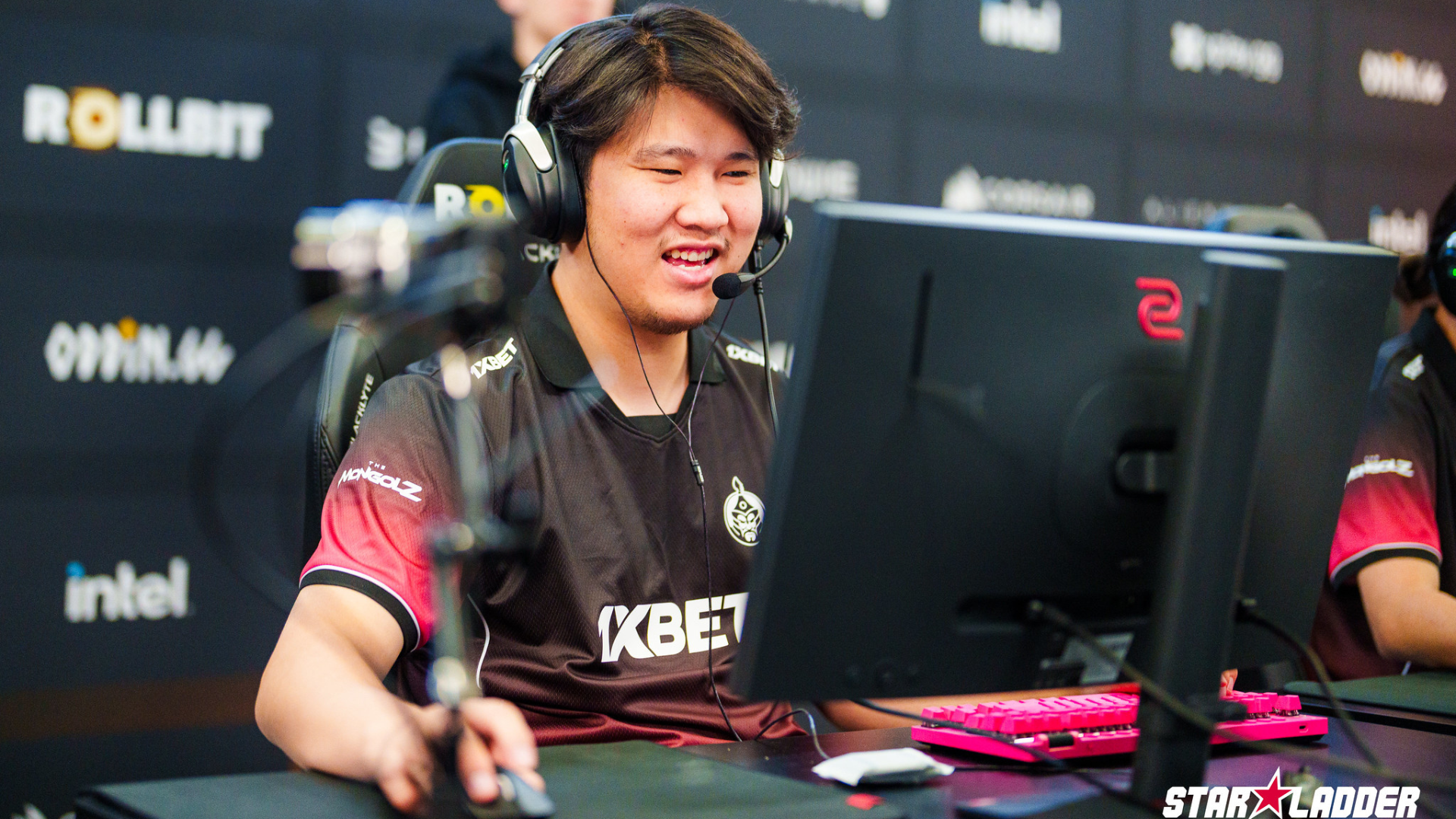
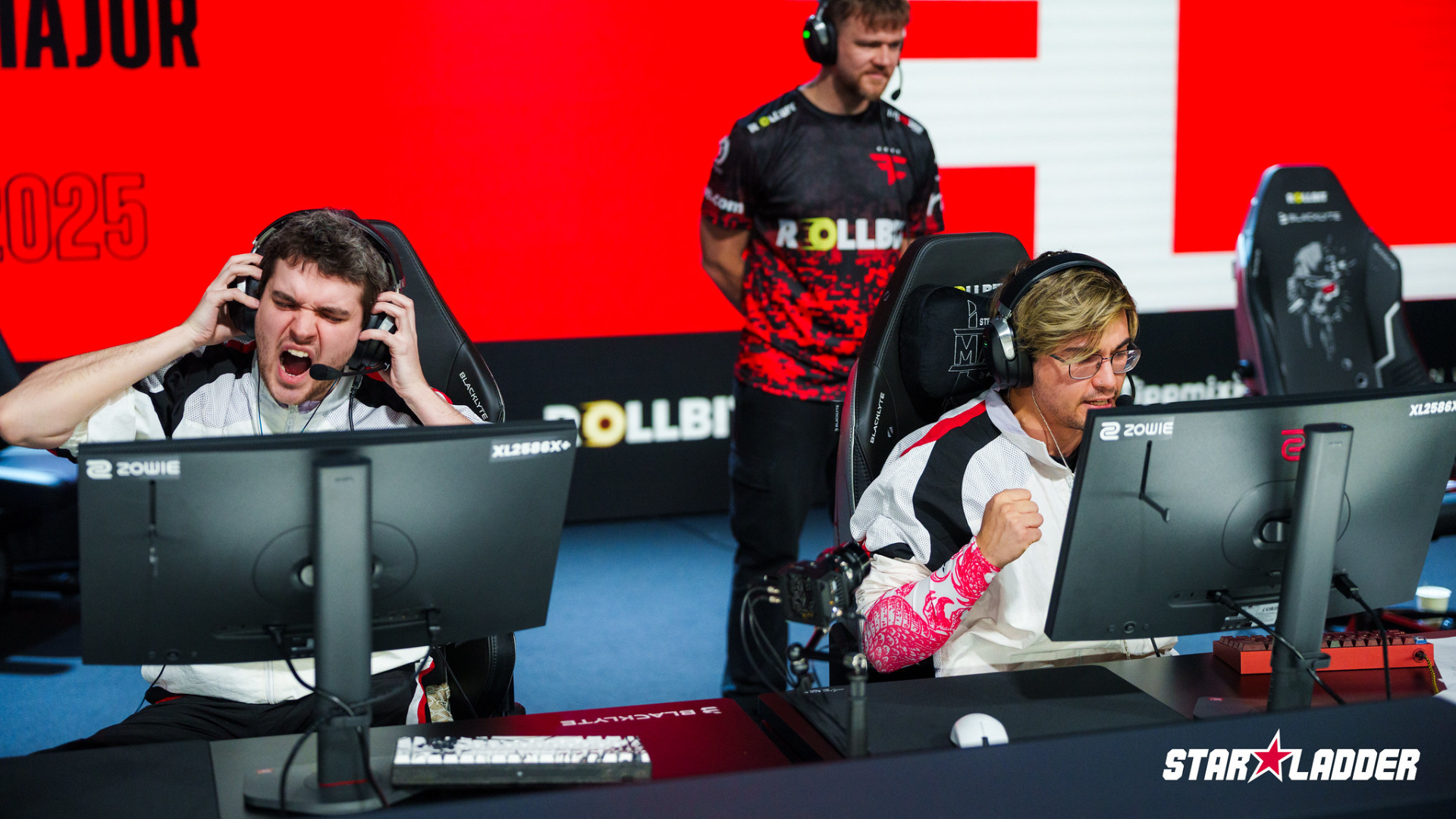
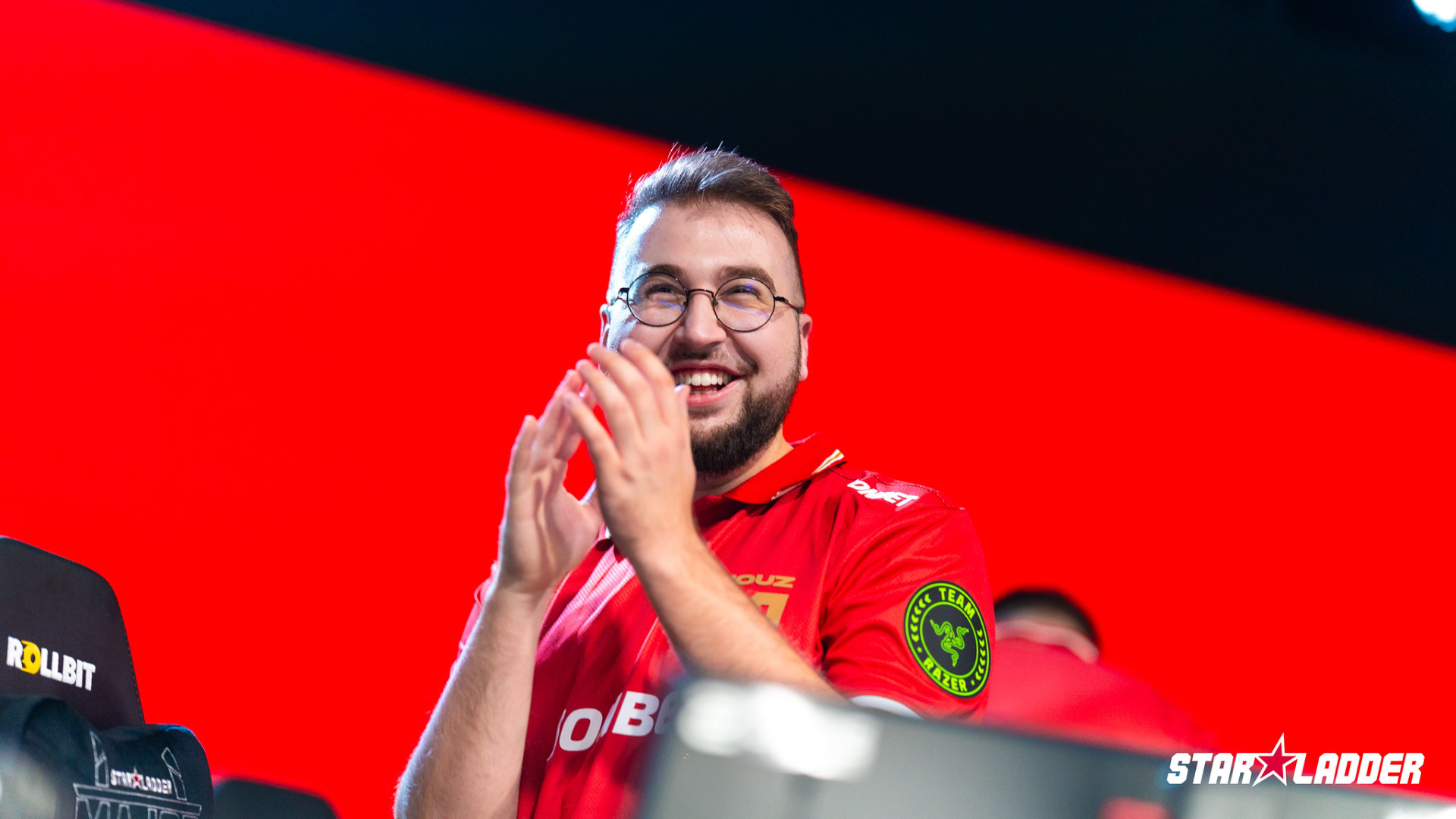
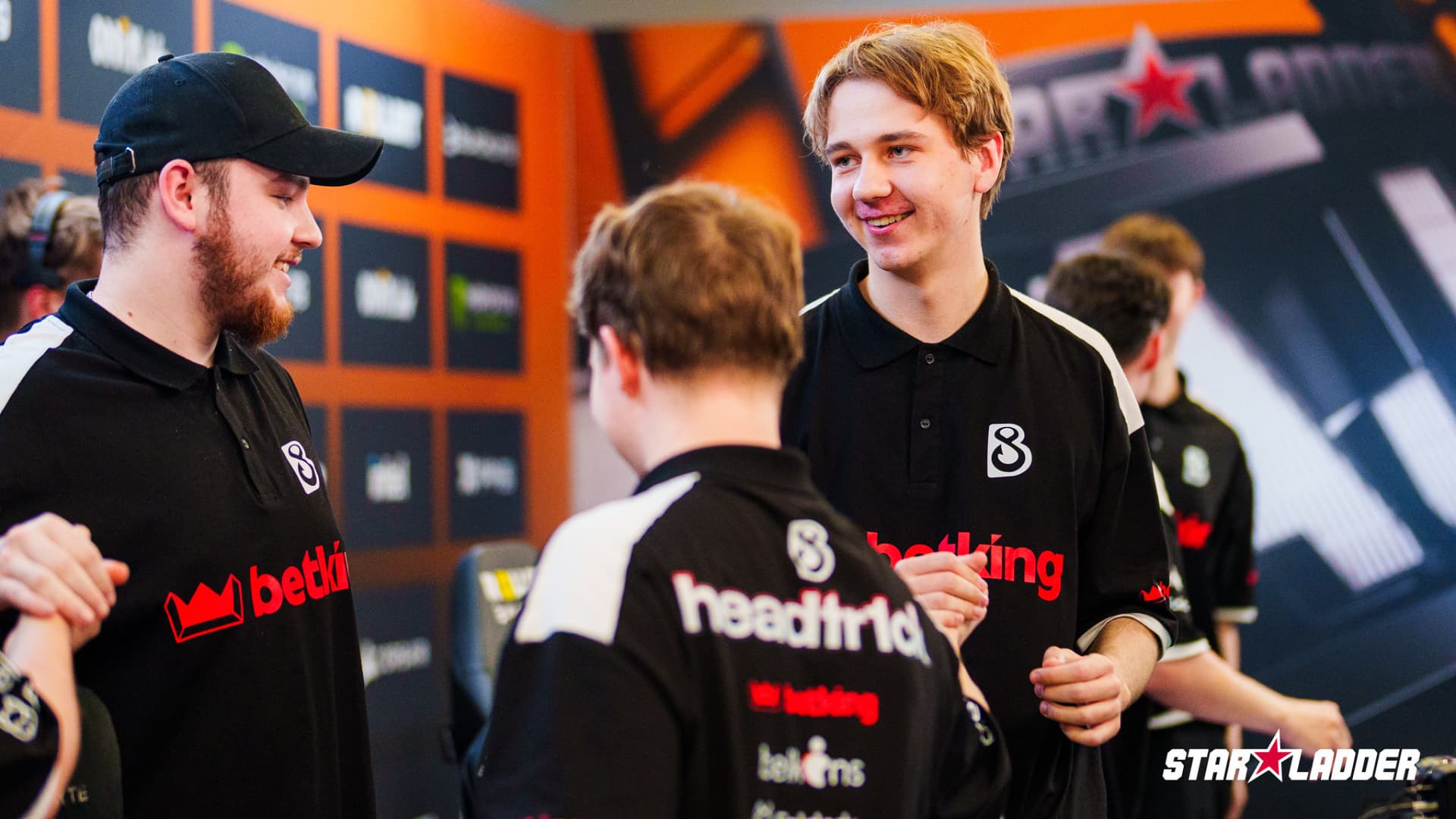
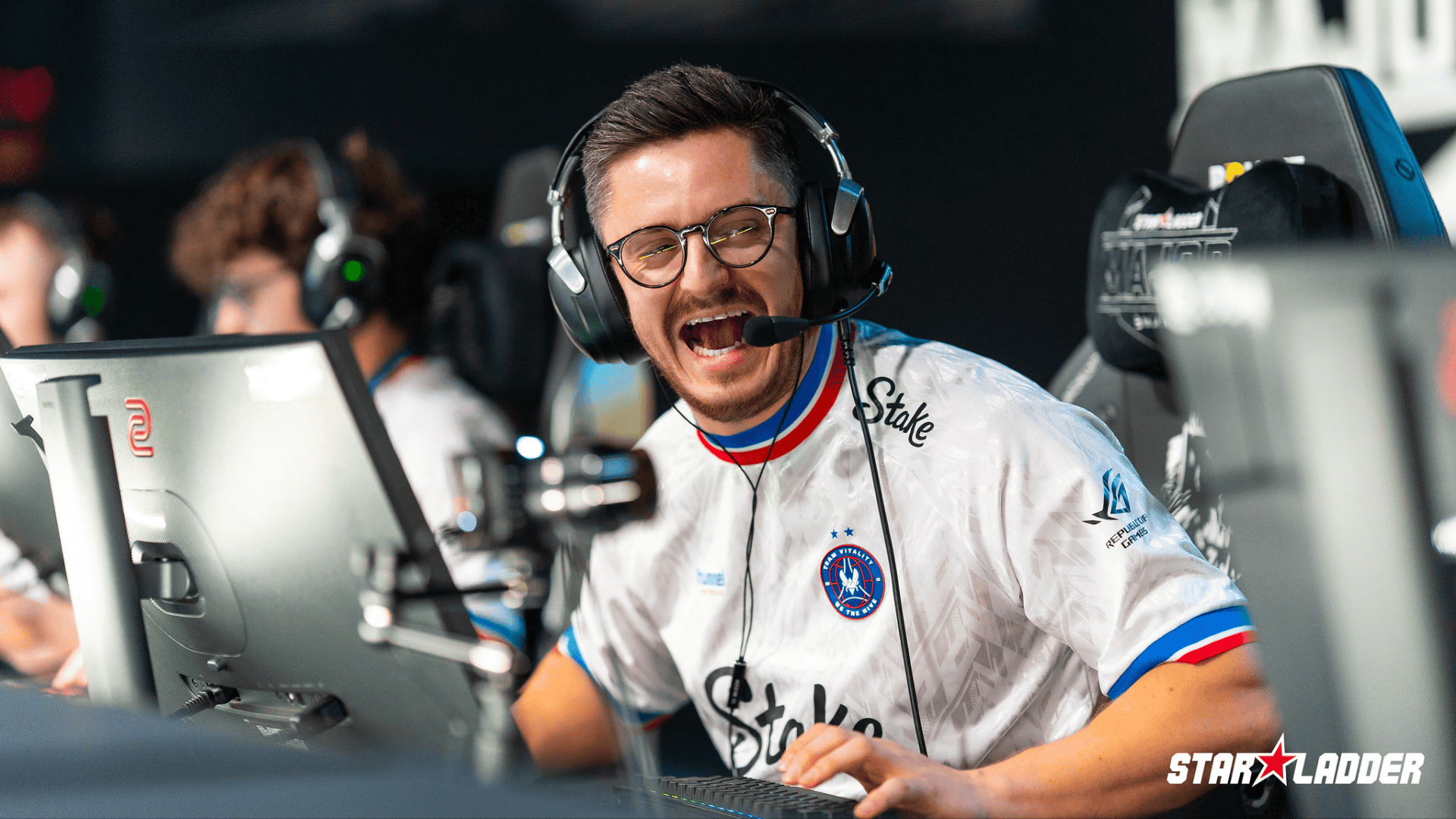
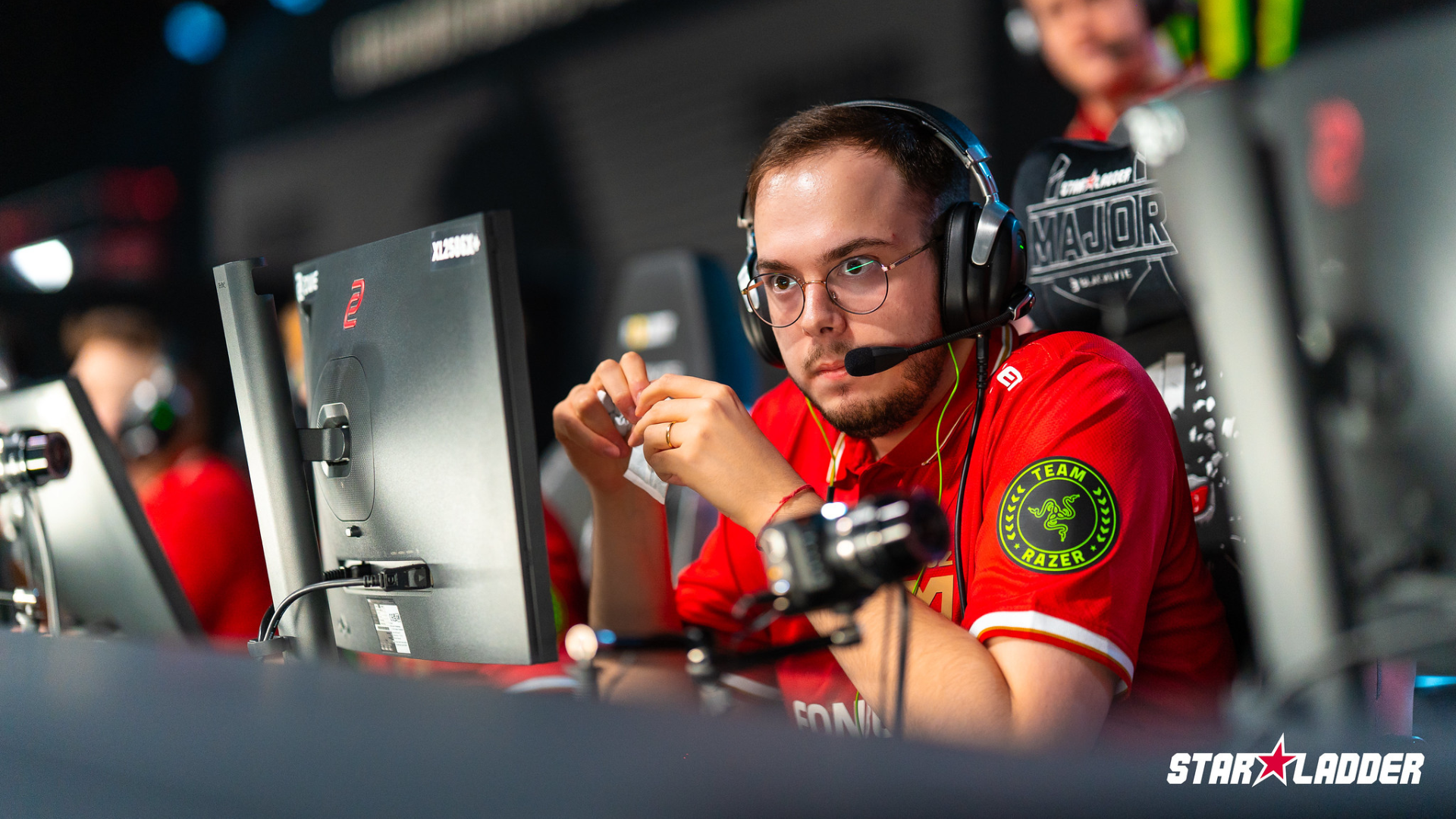
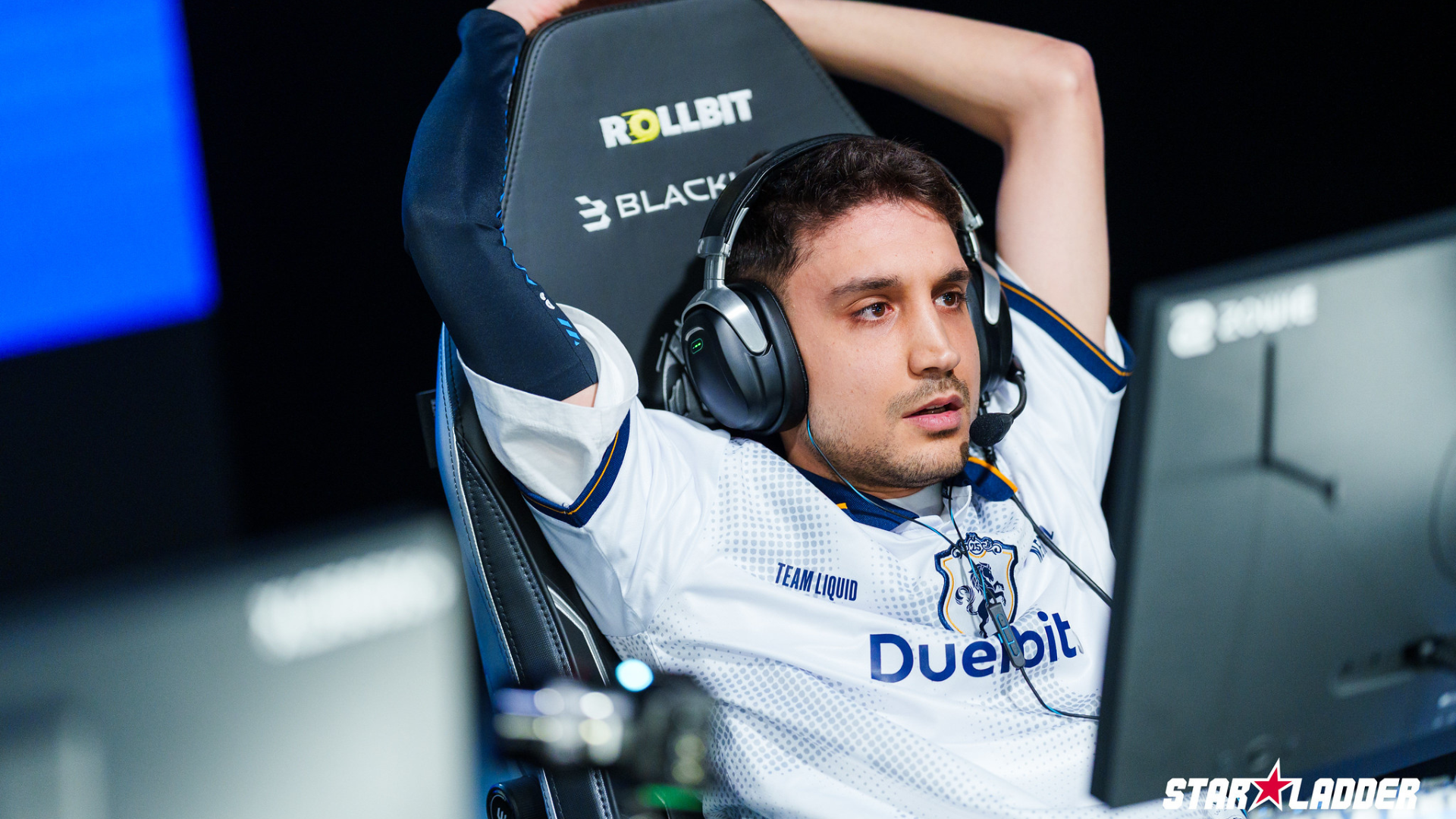
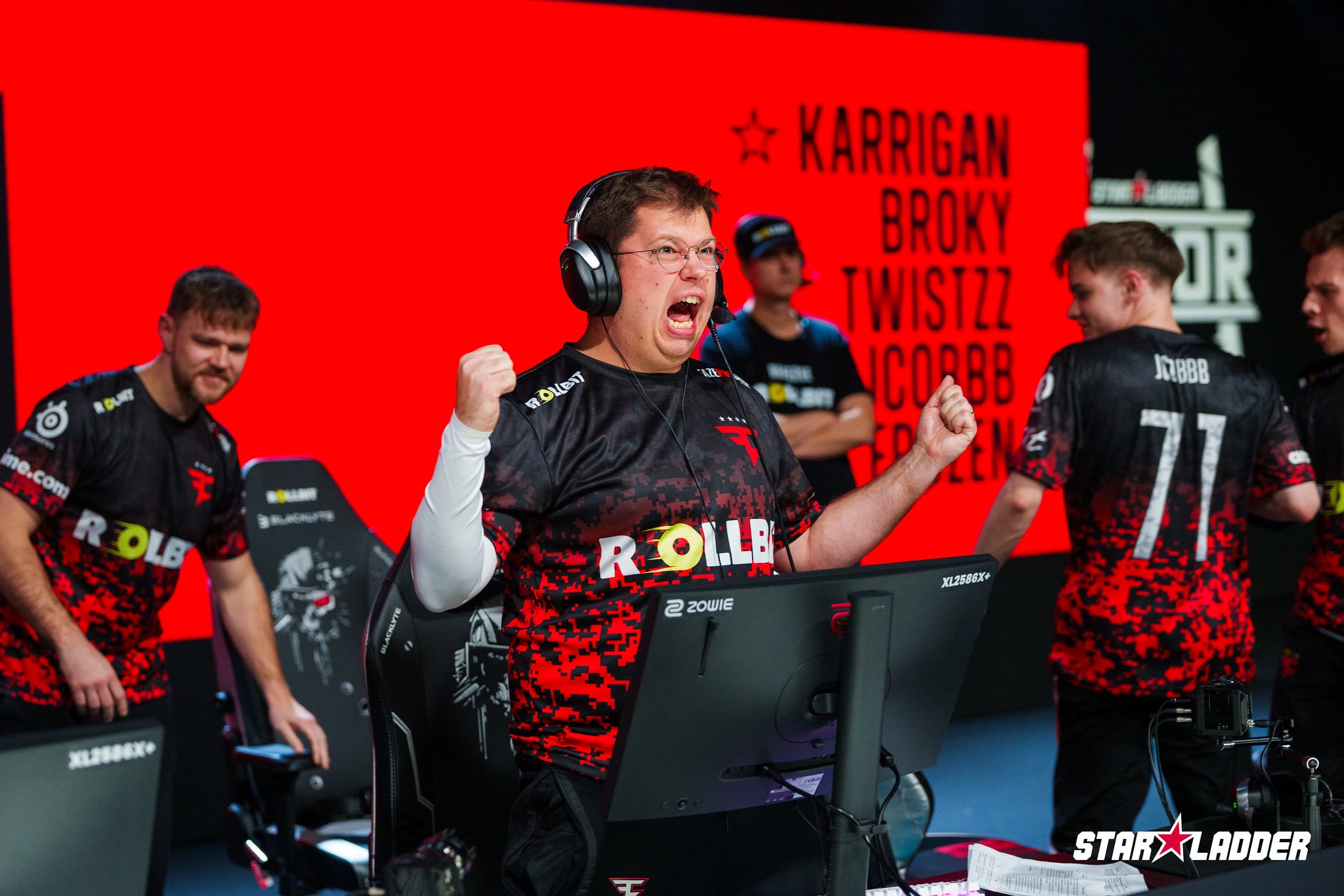
Published: Oct 11, 2016 09:57 am